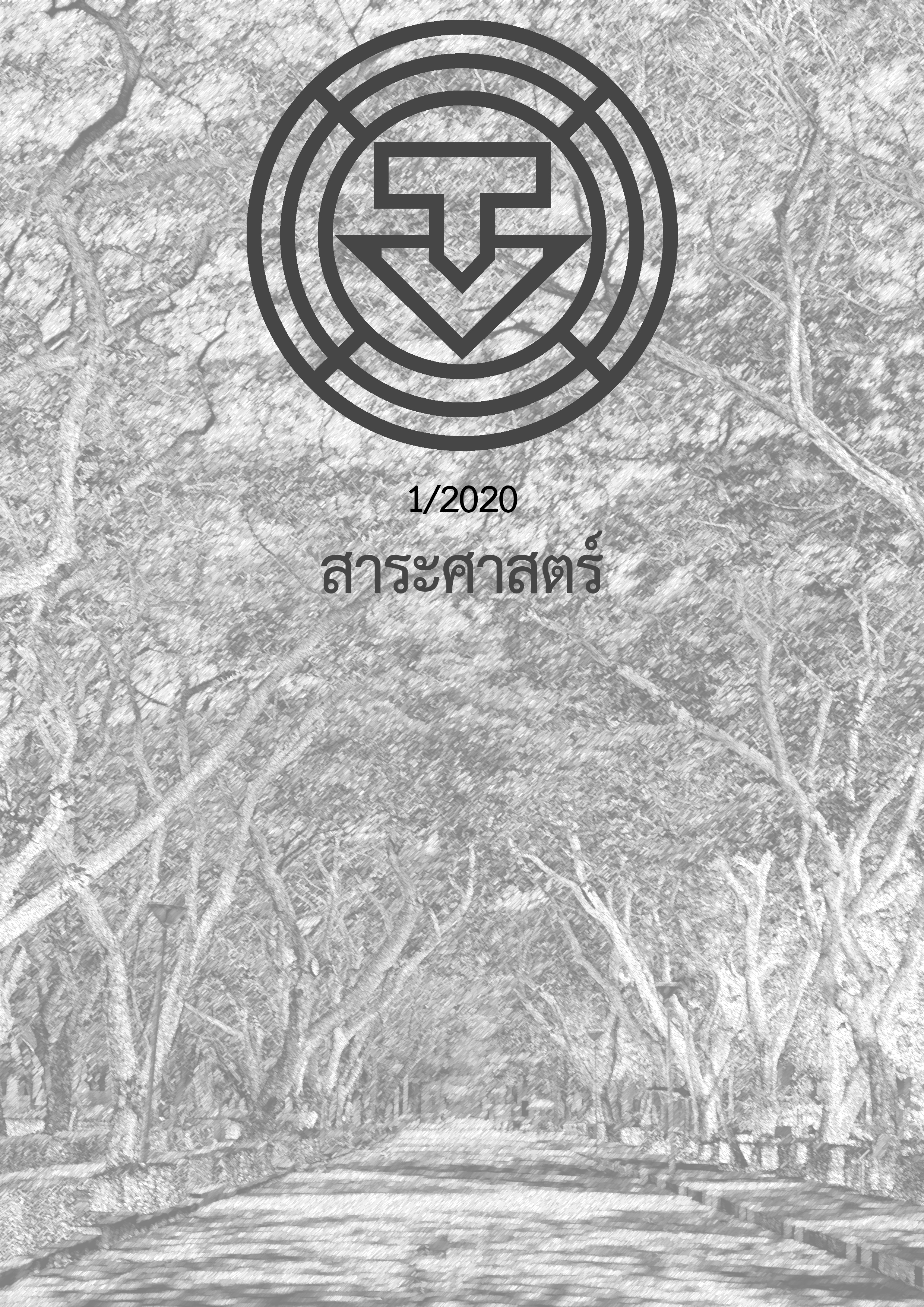Land Use of Farmers in Sufficiency Economy Estate Project Wang Nam Khiao District, Nakhon Ratchasima
Main Article Content
Abstract
Real estate for agriculture can be considered as a crucial type of real estate as it directly affects the development of the nation’s economy and society. “Sufficiency economy estate project, Wang Nam Khiao District” is an agricultural real estate development project under the national strategies to develop the agriculture area. It is the Ministry of Agriculture and Cooperatives’ policy to address the poverty issue in the countryside area. However, the studies of the Sufficiency economy estate project based on the related documents and the interviews from the land reforming officials who responsible for the project, Showed that there have been no studies on the uses of the land by the farmers to find the guideline and the suggestion towards appropriate physical land using. Such a study can also serve as a guideline for further development of the area as well as to be used as the prototype data to apply with the agriculturalist in the other areas effectively. The objective of this study is to study the pattern of land using of the farmers in the Sufficiency economy estate area and to analyze the compatibilities of the physical characteristic of the land and the agriculturalist’s activities to be held on their land. The information gathering was done based on secondary documents, conceptual theory, and related research documents. The survey of the physical condition of the Sufficiency economy estate and in-depth interviews on land use from those who are related to the Sufficiency economy estate project were conducted. The information was then analyzed for the compatibilities in the physical condition of the land usage by the agriculturalist under the Sufficiency economy estate project. The study found that the land was allocated as an agricultural area in its largest proportion among the land usage of agriculturalist in the area of Wang Nam Khiao District. The second largest proportion is the land allocated for accommodation. The most common agricultural activities that can be found in the Sufficiency economy estate area is hybrid agriculture. The second most common activities are hybrid vegetable farming. The analysis over the compatibilities of the physical condition for agriculturalist in the Sufficiency economy estate in the first, second, and the forth zone found that the majority of the activities held on the land are most compatible with the hybrid agriculture. In the meantime, the third and the fifth zone and there are activities on the land that is not physically compatible due to the fact that these 2 zones lack of water supply the most but there are agriculture activities that require water supply an entire year.
Article Details
References
กรมพัฒนาที่ดิน. “สารสนเทศดินและข้อมูลการใช้ปุ๋ย (LDD Soil Guide).” สืบค้น 3 มีนาคม 2562. https://www.ldd.go.th/www/lek_web/web.jsp?id=17837.
เคหการเกษตร. “ผักอินทรีย์ที่นิคมเศรษฐกิจพอเพียงอำเภอวังน้ำเขียว.” สืบค้น 27 กุมภาพันธ์ 2561. https://www.kehakaset.com/articles_details.php?view_item=662.
เฉลิมพล สำราญพงษ์, เมธี เอกะสิงห์และเบญจพรรณ เอกะสิงห์. “การประเมินคุณภาพที่ดินแบบต่อเนื่องในระบบภูมิสารสนเทศ.” สืบค้น 21 พฤษภาคม 2561. www.mcc.cmu.ac.th>research>mccconference48.presentations.
ไพรัตน์ โลหณุต. ข้อมูลเกษตรกรนิคม 620108 (คอมพิวเตอร์ไฟล์). นครราชสีมา: สำนักงานการปฏิรูปที่ดินเพื่อเกษตรกรรม , 2561.
สถาบันพัฒนาองค์กรชุมชน. ศูนย์ประสานสนับสนุนการต่อสู้เพื่อเอาชนะความยากจน. โครงการนำร่องการบูรณาการผนึกพลังแก้จน. กรุงเทพมหานคร: สถาบันพัฒนาองค์กรชุมชน, 2548.
สำนักงานการปฏิรูปที่ดินเพื่อเกษตรกรรม. รายงานประจำปี 2551. กรุงเทพมหานคร: โรงพิมพ์ชุมนุมสหกรณ์การเกษตรแห่งประเทศไทย จำกัด, 2551.
สำนักสำรวจดินและวางแผนการใช้ที่ดิน. มหัศจรรย์พันธุ์ดิน. กรุงเทพฯ: กรมพัฒนาที่ดิน กระทรวงเกษตรและสหกรณ์, 2548.
Marketeer. “อนาคต เกษตร ในไทยแลนด์ 4.0.” สืบค้น 30 ตุลาคม 2561. https://marketeeronline.co/archives/7375


